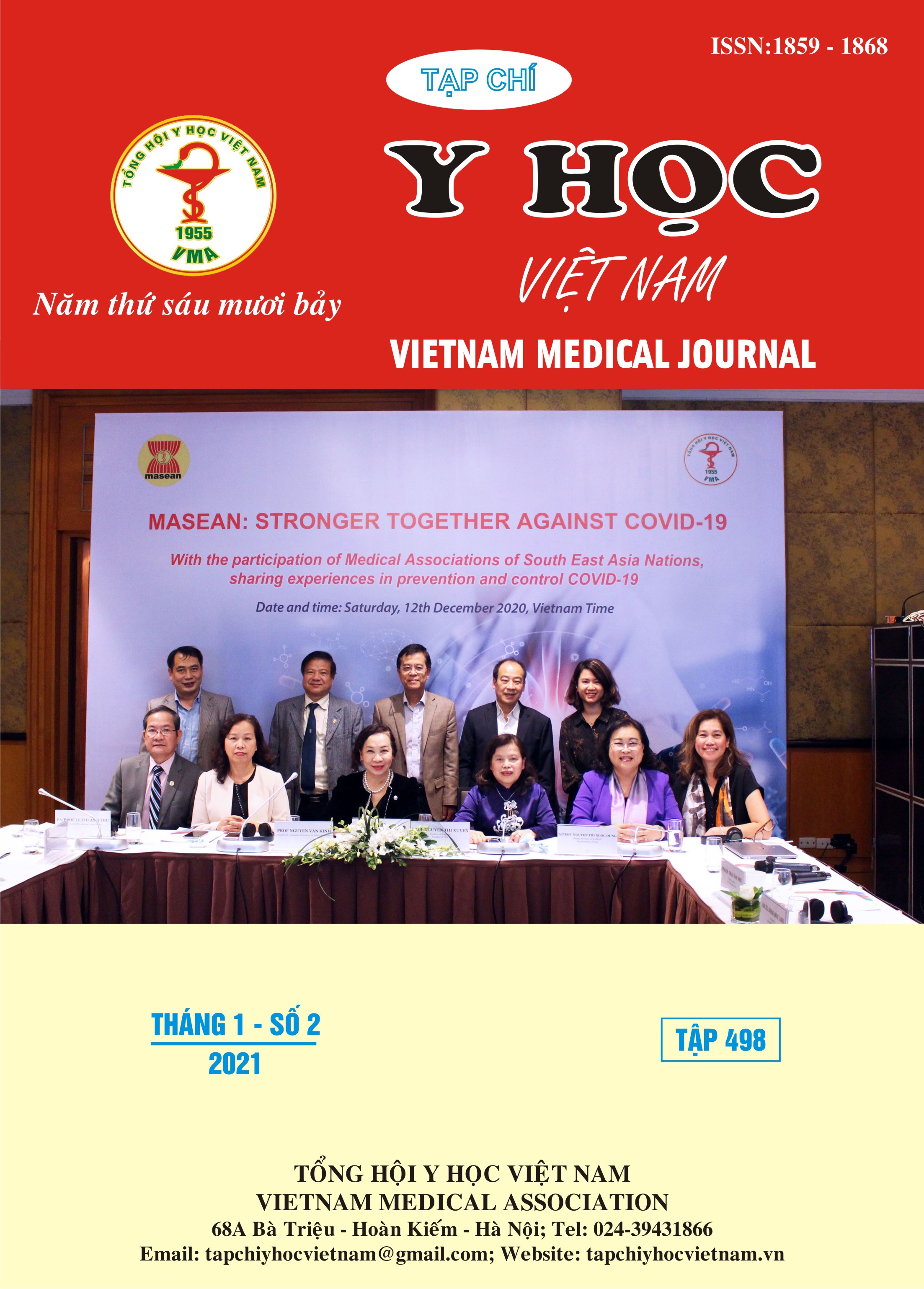SURGERY FOR LESIONAL TEMPORAL LOBE EPILEPSY TREAMENT
Main Article Content
Abstract
Objective of the study: We investigated the utility of epilepsy surgery and postoperative outcome in patients with lesional temporal lobe epilepsy. Subjects and research methods: Patients were diagnosed temporal lobe epilepsy, presurgical evaluation tool based on semiology, electroencephalography and brain MRI with epilepsy protocol. This before and after study was conducted during 01/2016 – 12/2020 at Department of Neurosurgery in Ho Chi Minh City University Medical Center and Nguyen Tri Phuong hospital. Patients with a diagnosis of intractable lesional temporal lobe epilepsy and relevant focal abnormalities on EEG underwent epilepsy surgery and followed up ≥ 6 months were included and evaluated for postoperative outcome. Results: A total of 56 patients, with a mean age of 39.2 years (20 male: 36 female), were studied. All of participants presented partial seizures, including simple partial seizure (30,4%), complex partial seizure (69.6%). Temporal neocortex lesions (71.4%) and mesial temporal lesions (28.6%) were the most frequent etiologies. With a mean follow-up of 12 months (6-48 months), 87.5% of patients became seizure-free postoperatively. Anticonvulsants were reduced in 100% of the cases. Conclusions: We found high rates of seizure freedom after surgery in lesional epilepsy patients despite of limited facilities and infrastructure. Considering the favorable outcome of epilepsy surgery in our series, we believe that it is a major treatment option, even in less resource-intensive settings, and should be encouraged.
Article Details
Keywords
Lesional temporal lobe epilepsy, seizure-free
References
2. Lim K. S., Ahmad S. A. B., Narayanan V., Rahmat K., et al (2017), “Level 4 comprehensive epilepsy program in Malaysia, a resource-limited country”, Neurology Asia 2017; 22(4), pp. 299 – 305.
3. Rocque B., Davis M., McClugage S. G., et al (2018), “Surgical treatment of epilepsy in Vietnam: program development and international collaboration”, Neurosurg Focus 45 (4):E3, pp. 1-6.
4. Shih Y. H., Lirng J. F., Yen D. Y., Ho D. M. T. (2003). Surgery of intractable temporal lobe epilepsy presented with structural lesions. J Chin Med Assoc. 2003;66(10); pp. 565-571.
5. Sen A., Jette N., Husain M., Sander J. W. (2020), “Epilepsy in older people”, The Lancet, Volume 395, ISSUE 10225, pp. 735-748
6. Wiebe S., Girvin J. P., Blume W. T., Elisasziw (2001), “A randomized, controlled trial of surgery for temporal-lobe epilepsy”, The New England Journal of Medicine, Volume 345, Number 5, pp. 311-318.


